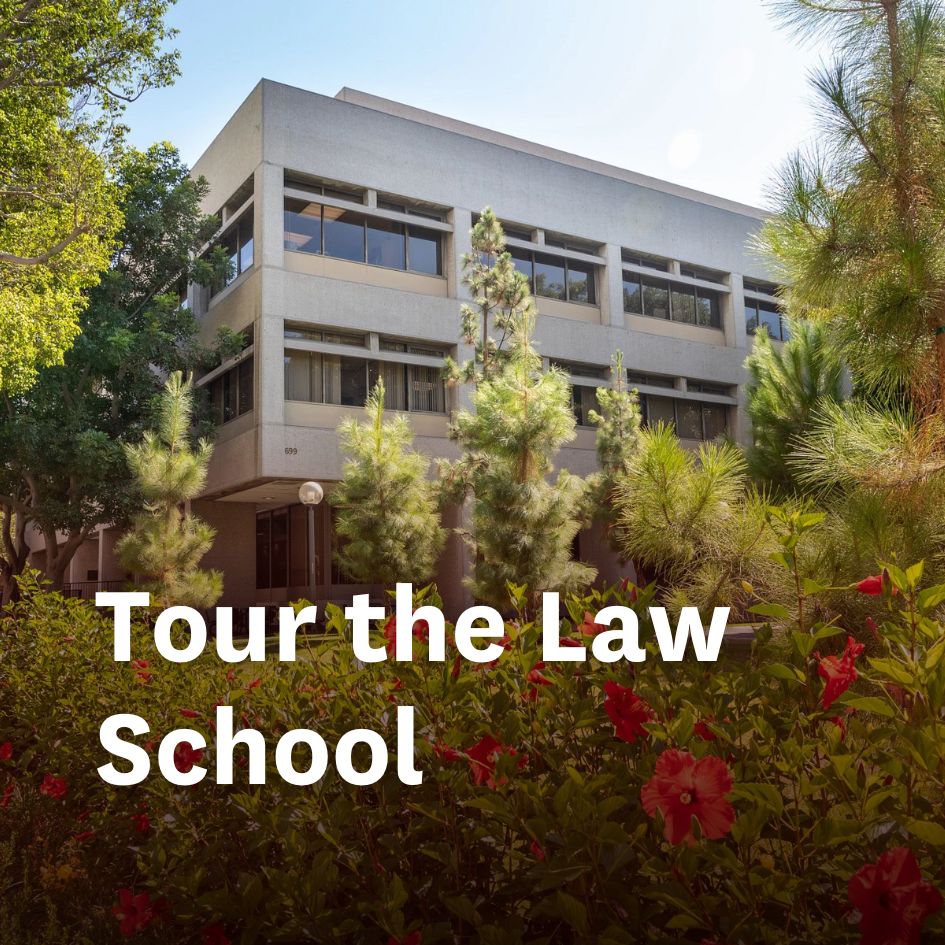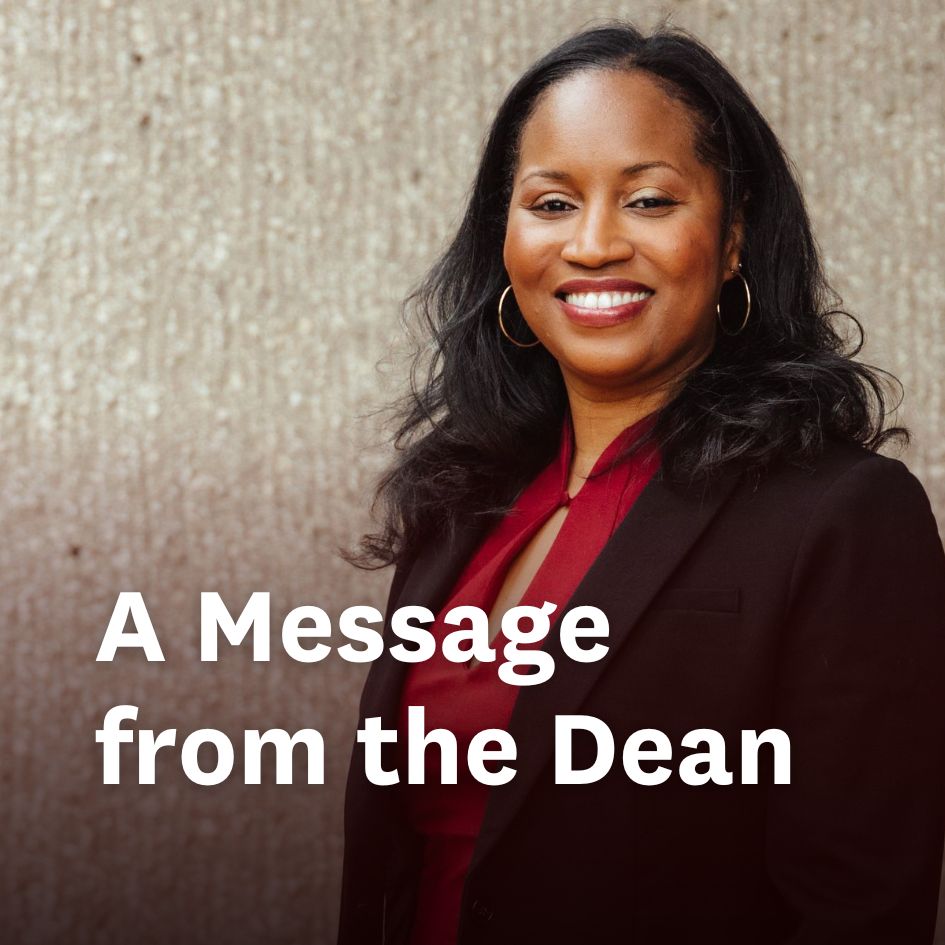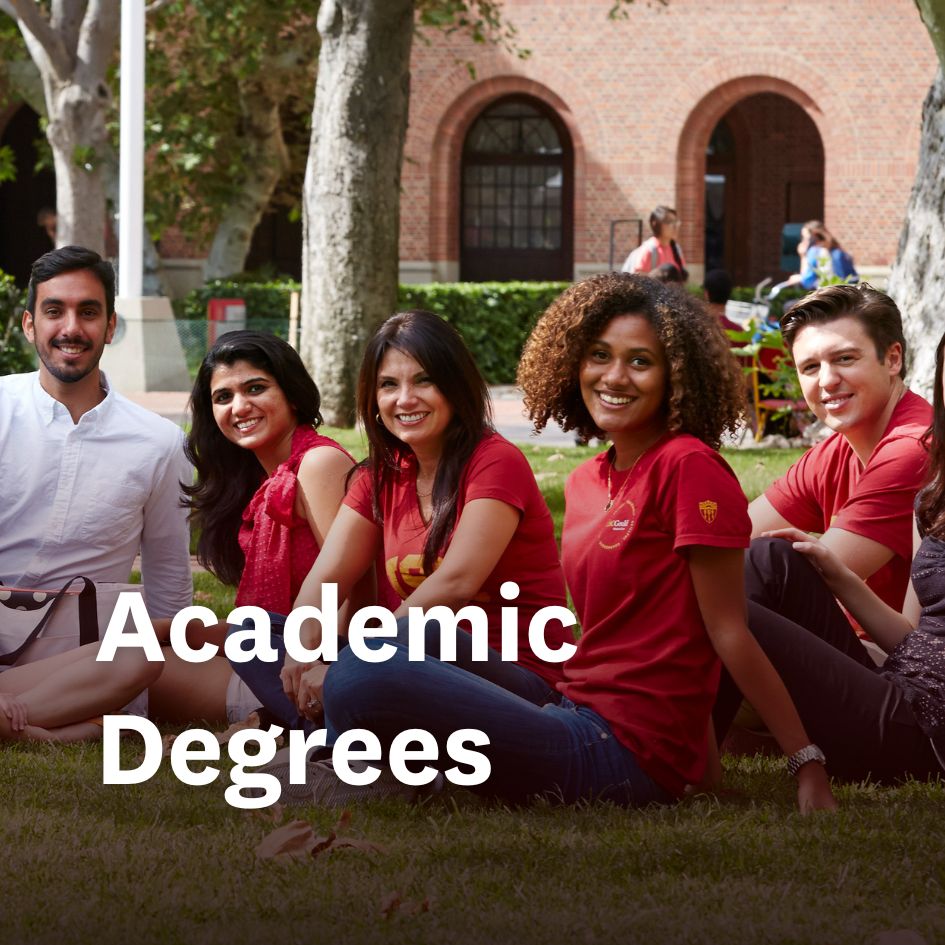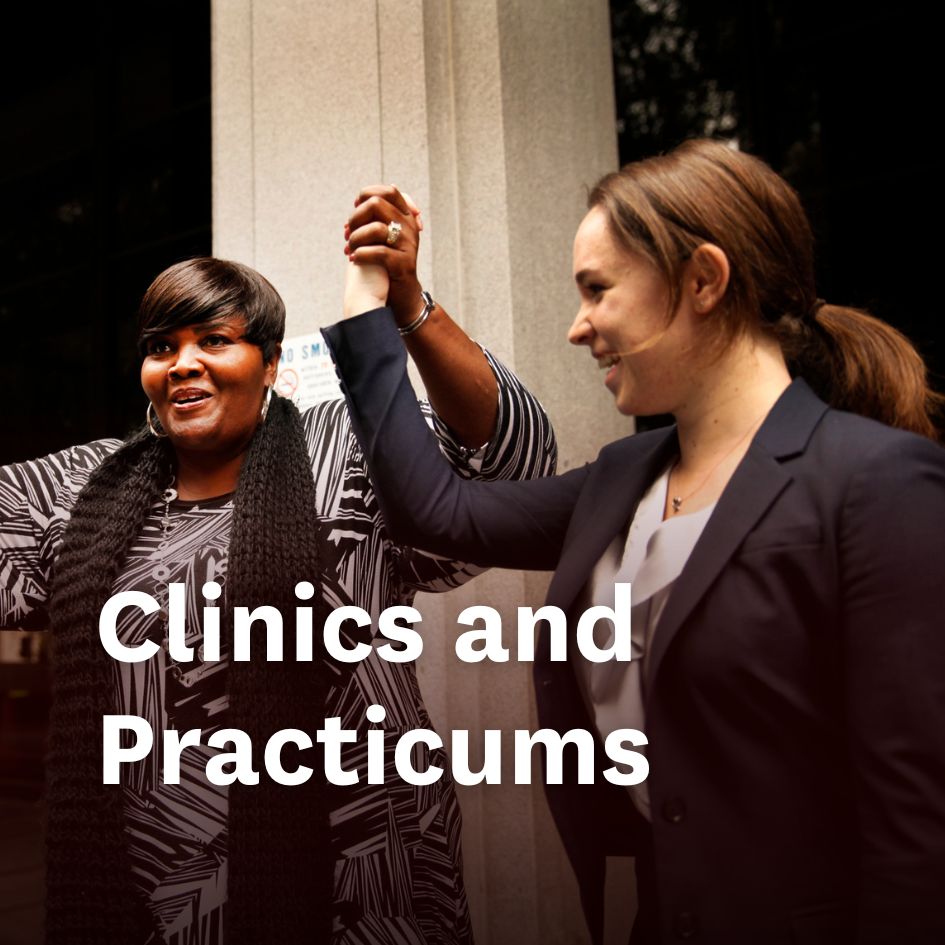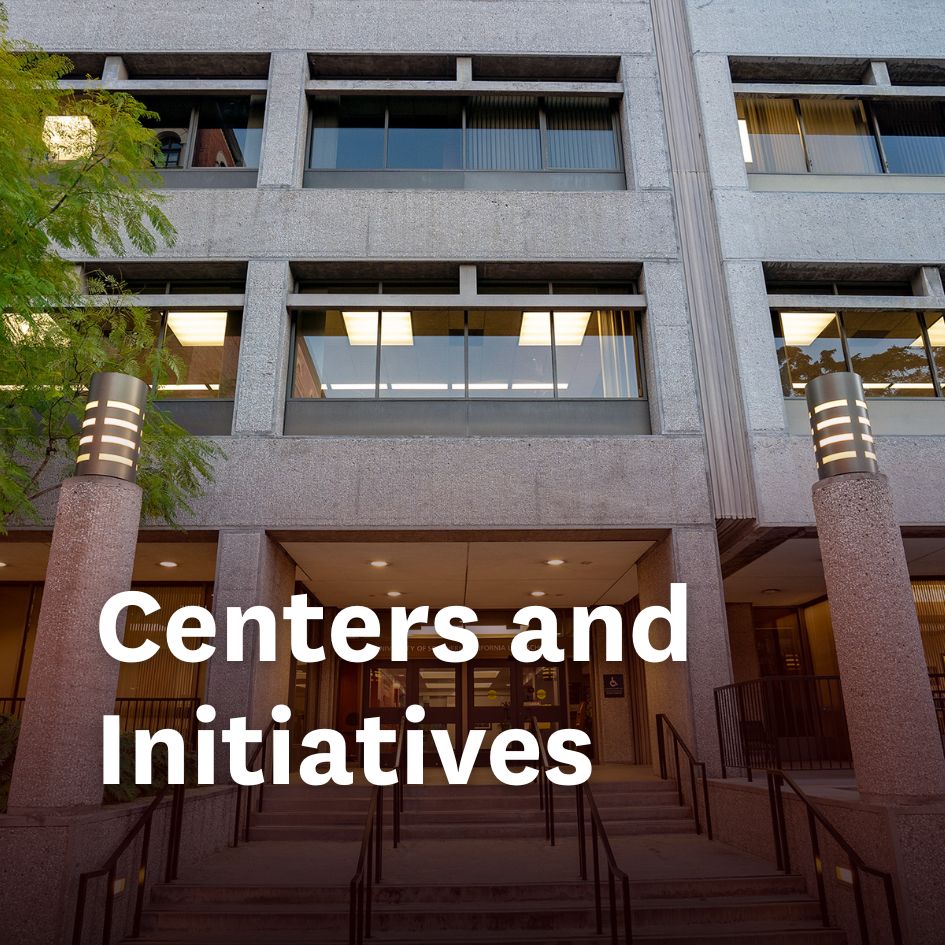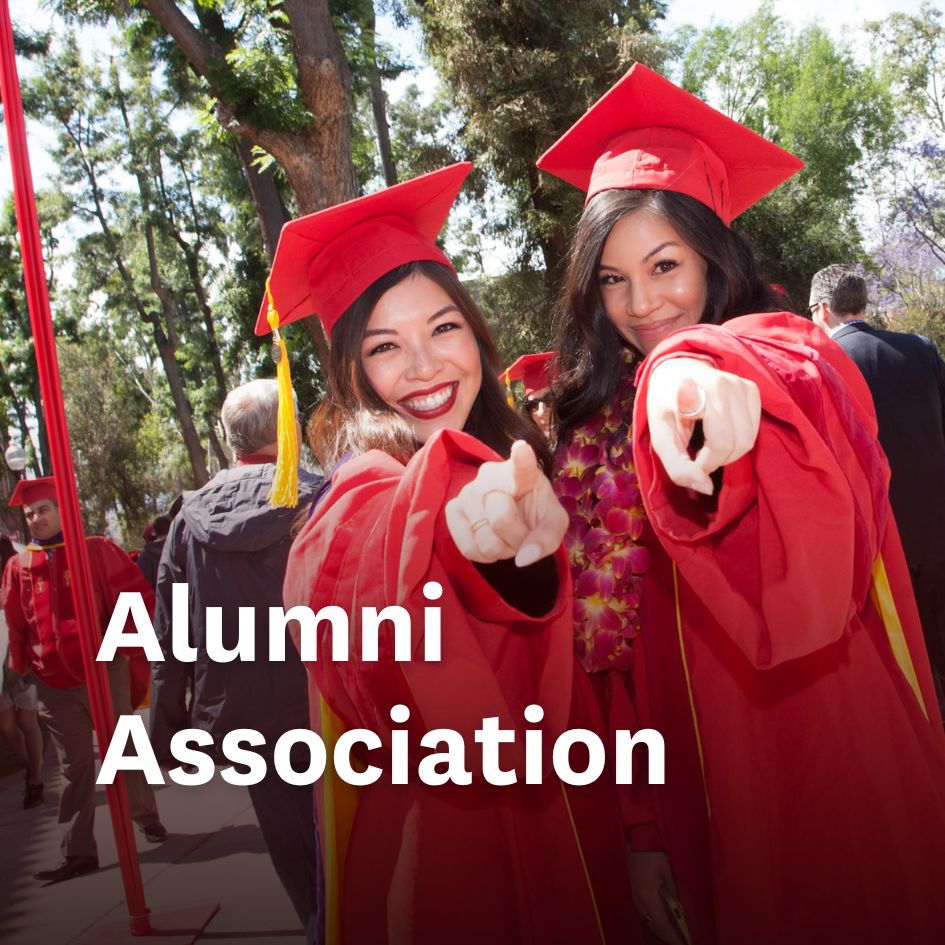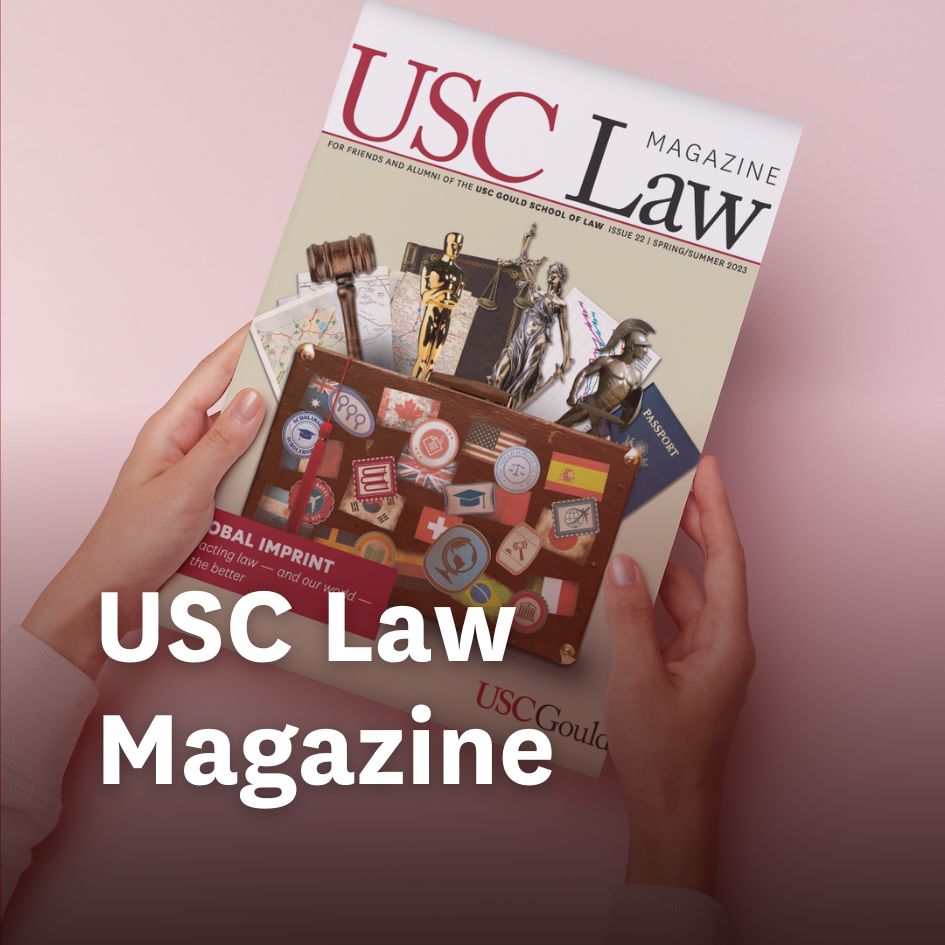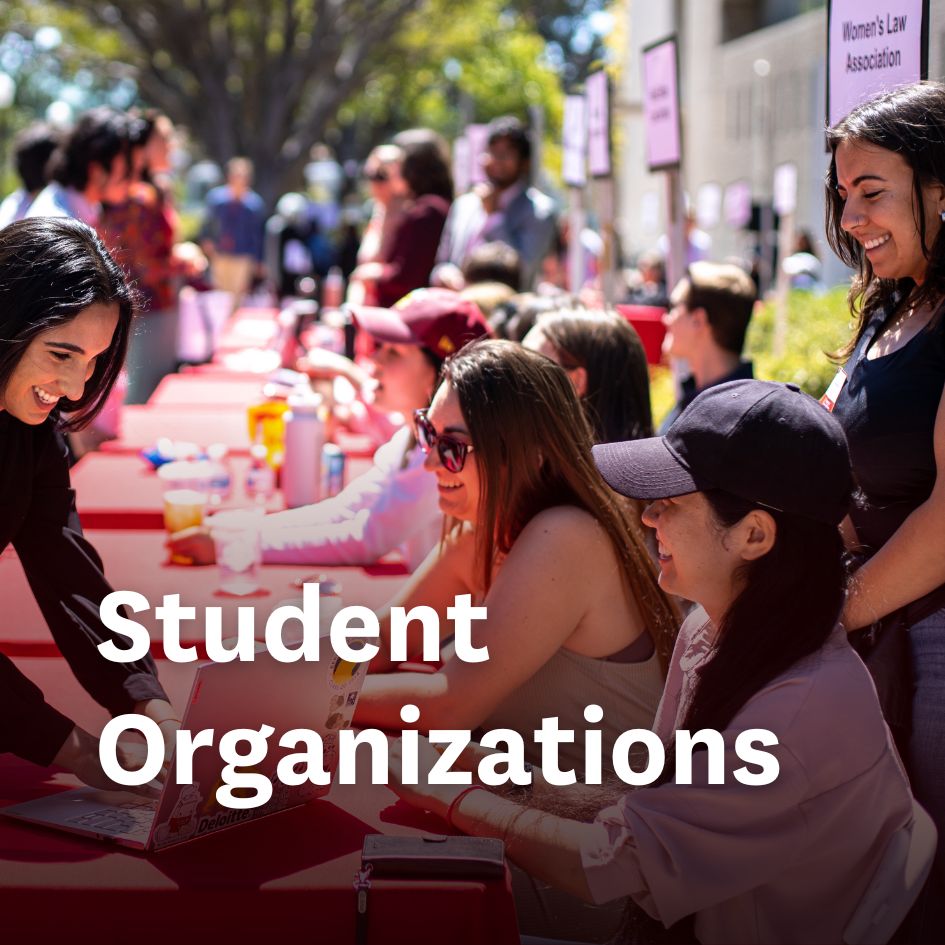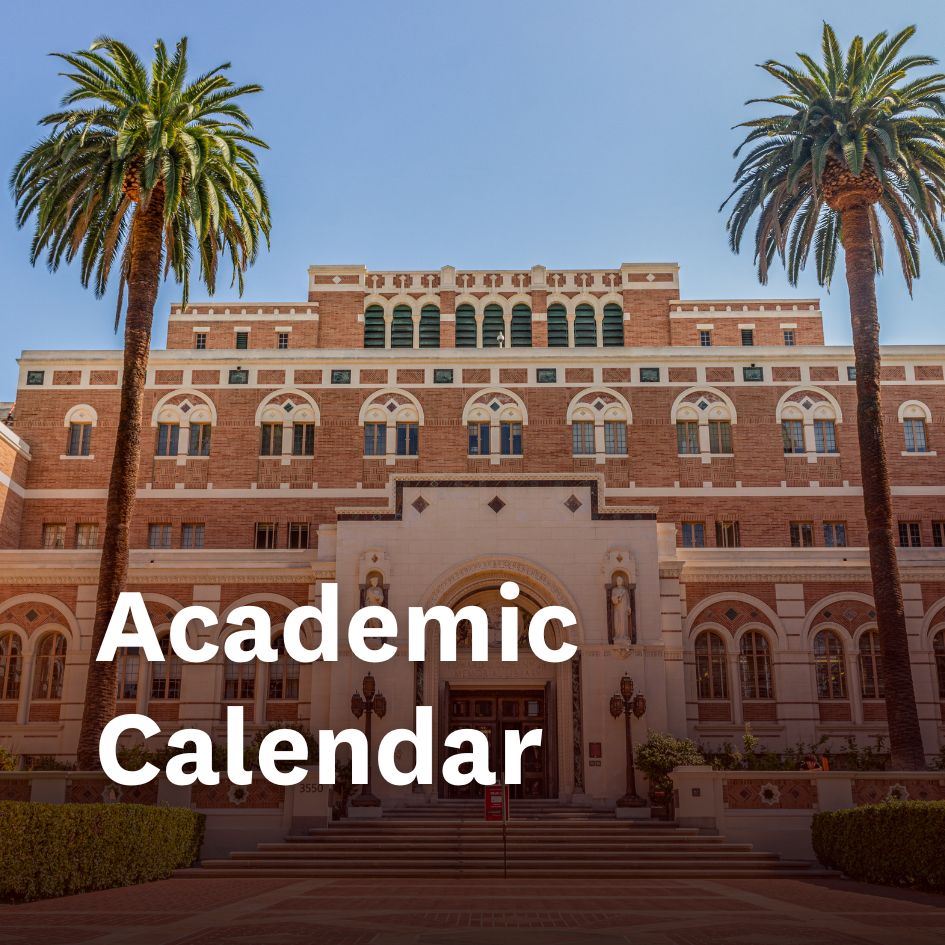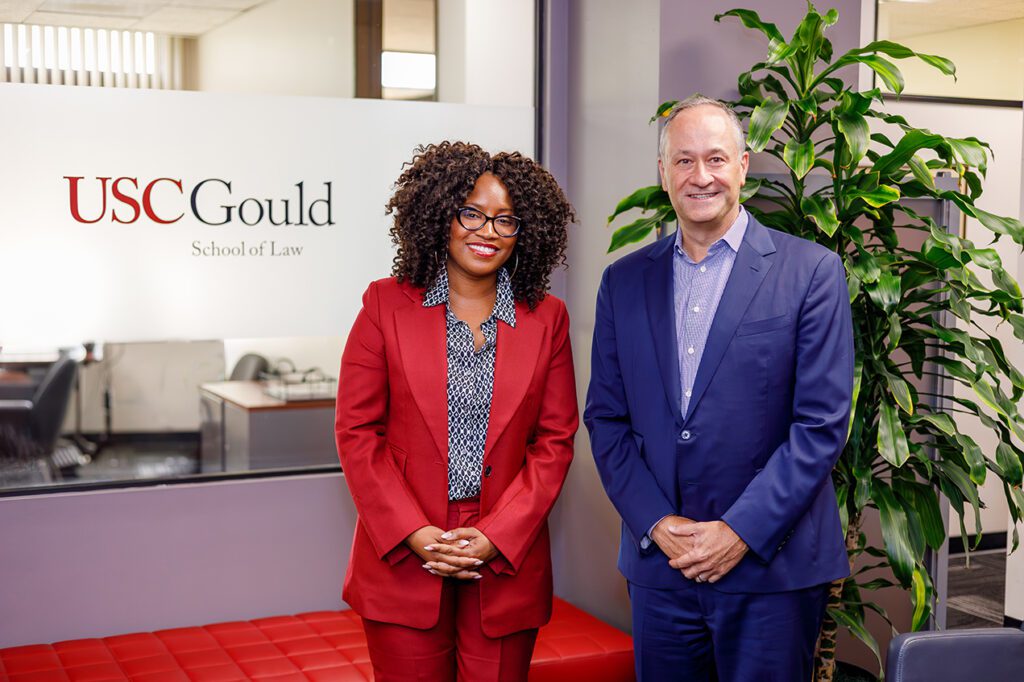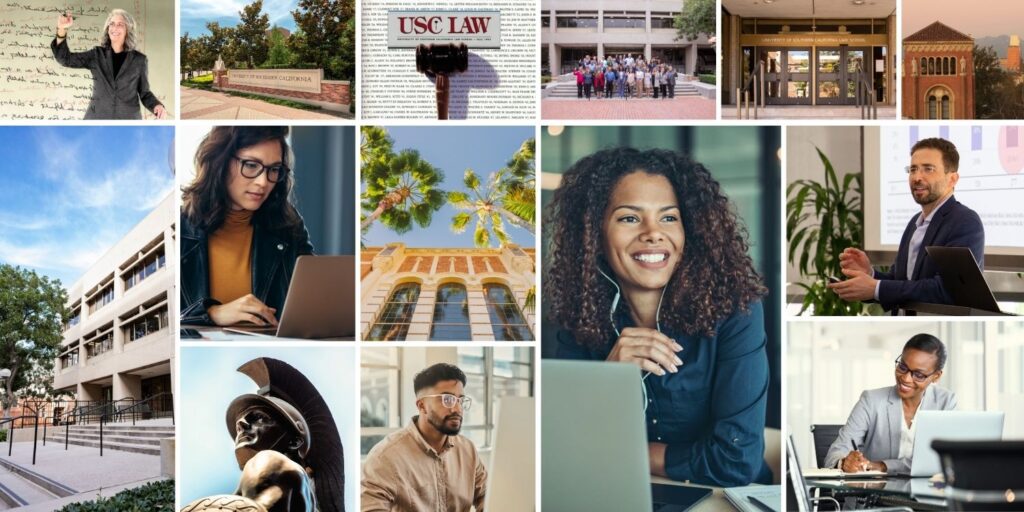As director of USC Gould’s Mediation Clinic, Prof. Lisa Klerman’s main objective is to teach law students the conflict resolution skills needed to craft creative solutions in emotionally charged situations. In teaching the Mediation Clinic, which she launched in 2007, Klerman draws upon her experience in mediating hundreds of cases in her own private mediation practice, as well as her prior experience in representing clients as a partner at Morrison & Foerster in Los Angeles.
What skills are students learning in the Mediation Clinic?
Students learn active listening techniques and effective questioning to uncover underlying interests, as well as methods for breaking an impasse and closing deals. These are essential skills, because when students graduate and begin working as lawyers, a large percentage of their time will be spent negotiating deals as transactional attorneys, or negotiating settlements as litigators.
Why is mediation important for law students to learn?
Because we have all been trained to be highly analytical in our approaches to clients’ legal problems, lawyers are sometimes accused of losing sight of what really matters most to a client in the course of a business deal or representation in litigation. Clients will be drawn to lawyers who they feel are really listening to them and who make an effort to uncover and understand their true objectives, the nature of their business and its goals, and how the current legal problem they are facing can be resolved using a variety of approaches. Students who are exposed to mediation processes and techniques in law school will have an edge, plain and simple.
How does the Mediation Clinic work?
It’s a full-year course. In the first half of the Fall semester, I teach mediation skills. In the second half, the students each mediate approximately 10 cases pending in the Los Angeles Superior Court. The students spend all their “live” clinic time at the courthouse. The judge or courtroom clerk introduces them to the litigants, and they mediate the dispute in a courthouse conference room. In many cases they return with the parties to the courtroom to put the settlement on the record.
What kinds of cases are Mediation Clinic students involved in?
I teach the students to mediate a wide range of cases, because they must be ready to mediate whatever the court assigns them. The most common cases are those involving civil harassment restraining orders, disputes between neighbors, family conflicts, landlord/tenant matters, and contractual disputes. The vast majority of the cases involve parties who would never be able to afford private mediation services.
Can you describe some of the more unusual mediation cases students have taken on?
Sometimes the cases capture unique aspects of our Los Angeles culture. In one case, a young rap artist had sued his agent for various performance breaches. A couple of years ago a pair of clinic students mediated a medical malpractice case where a woman had scraped together her meager savings to pay for a plastic surgery procedure that was botched. Another case started out as a simple contract dispute between two parties who both claimed the other owed them money, until the defendant—a struggling screenwriter—offered to give the plaintiff—a struggling actress—the leading role in his movie as a condition of dropping her lawsuit. Last year we had a case where two female body builders had a courtroom brawl that required the bailiff to remove them from the courtroom; the student mediator delighted the judge by working with the women through the lunch hour to settle their dispute peacefully.
What is the Advanced Mediation Clinic?
It’s open to students who already completed the regular Mediation Clinic. They learn additional skills that enable them to mediate more sophisticated and complex court cases, where lawyers typically represent the parties in the mediation. They also assist with the training and mentoring of the beginning student mediators in the regular Mediation Clinic.
Is mediation gaining ground in the legal world?
Absolutely. We’re at the point now where fewer than 2 percent of the cases filed in court actually make it to trial. For those students entering firms as a litigator, I can almost guarantee that they’ll be spending much more time in a mediator’s office than in trial. Additionally, recent state budget cuts have resulted in the closure and consolidation of many of our local courthouses. With judicial calendars overloaded to an unprecedented degree, accompanied by significant delays in the traditional litigation process, the demand for mediation will only rise.
Are there any new developments for the Mediation Clinic?
We are now working with three different DRPA agencies to provide mediation services in court-connected cases within the Los Angeles Superior Court system. In addition, we have partnered with Arts Arbitration & Mediation Services, a program of California Lawyers for the Arts, to provide mediation services to the arts and entertainment community. This semester we also launched a community mediation internship for one of the advanced students with the Department of Consumer Affairs.


